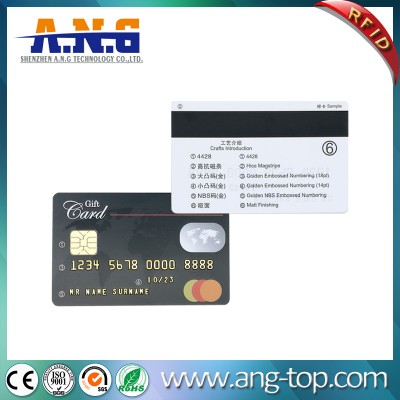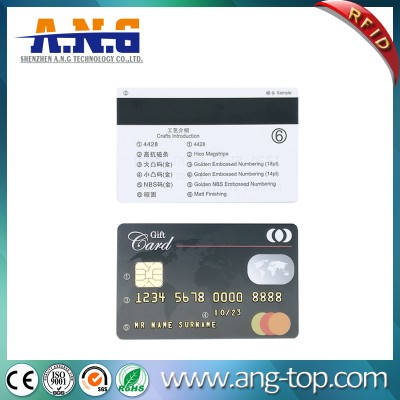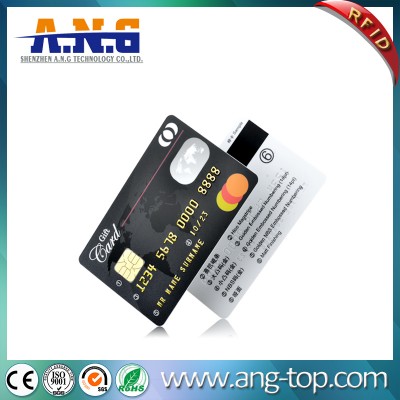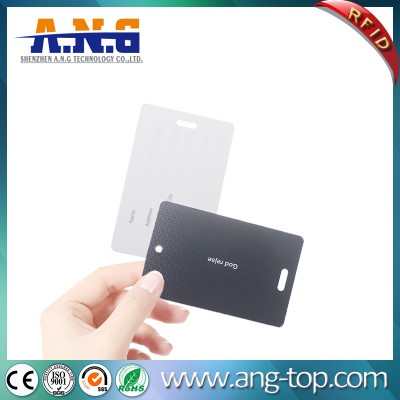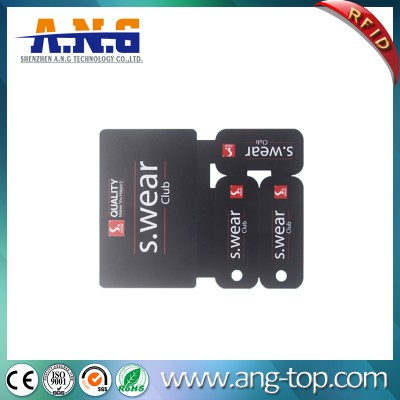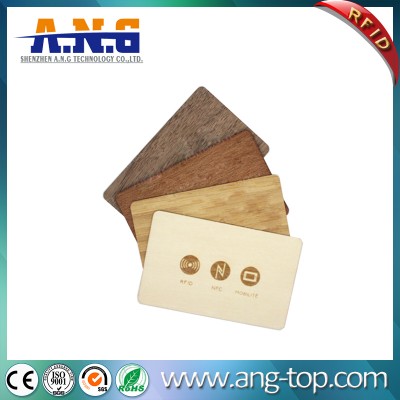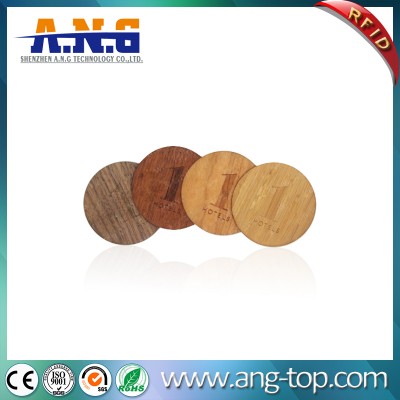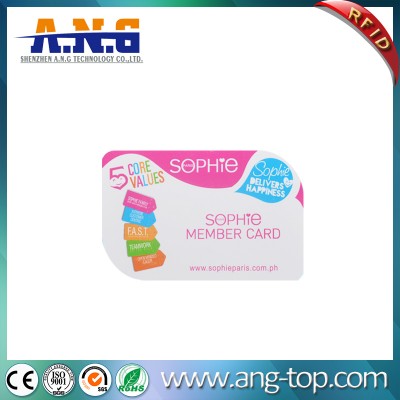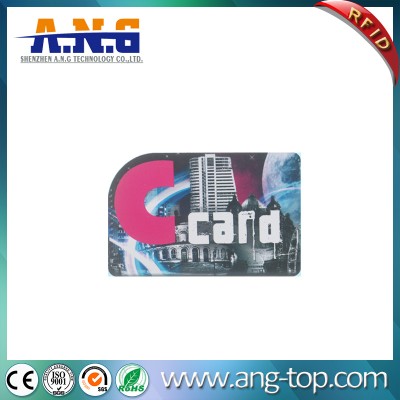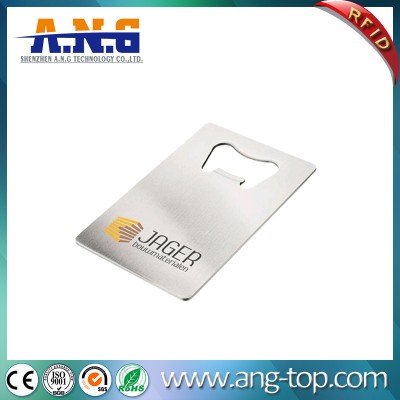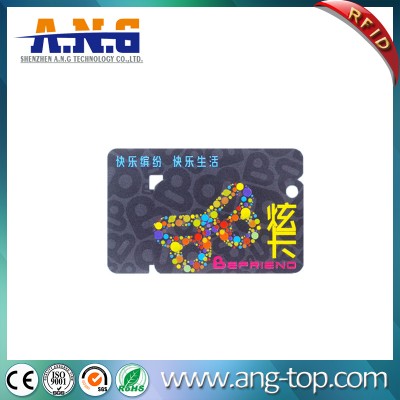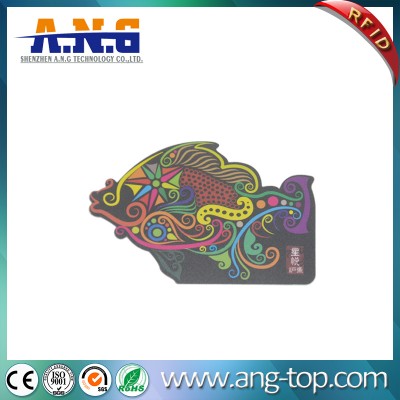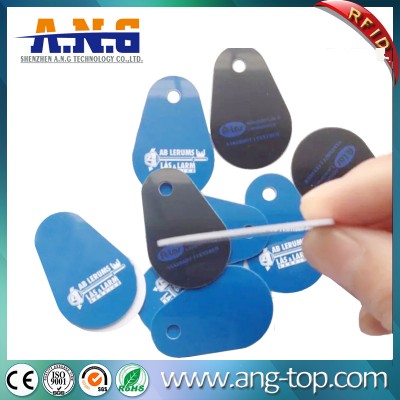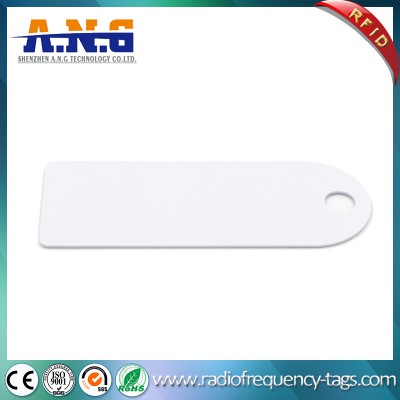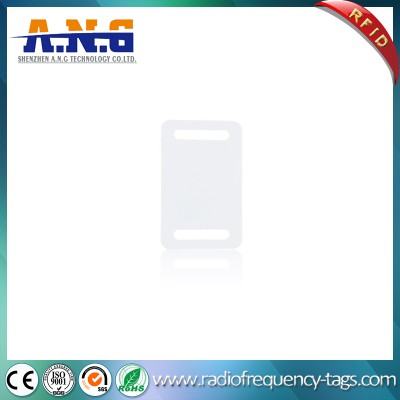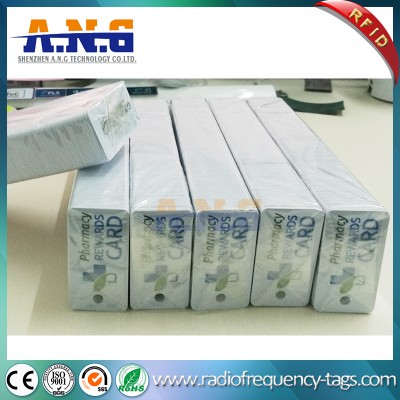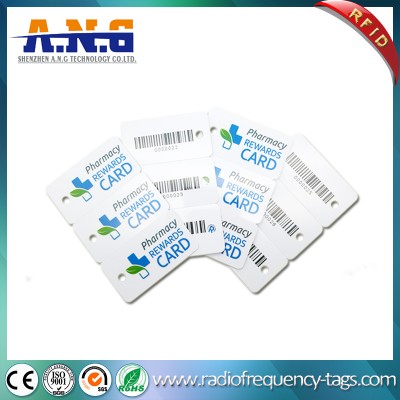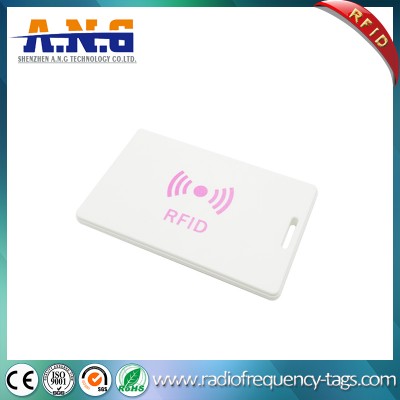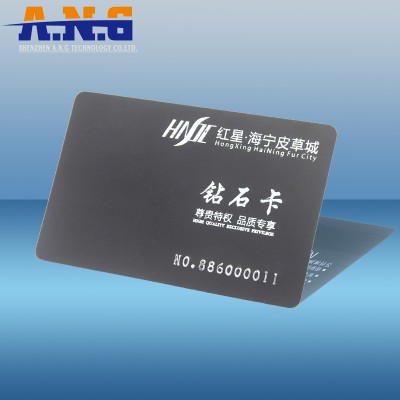- manager@ang-top.com
- +86 755-26407256
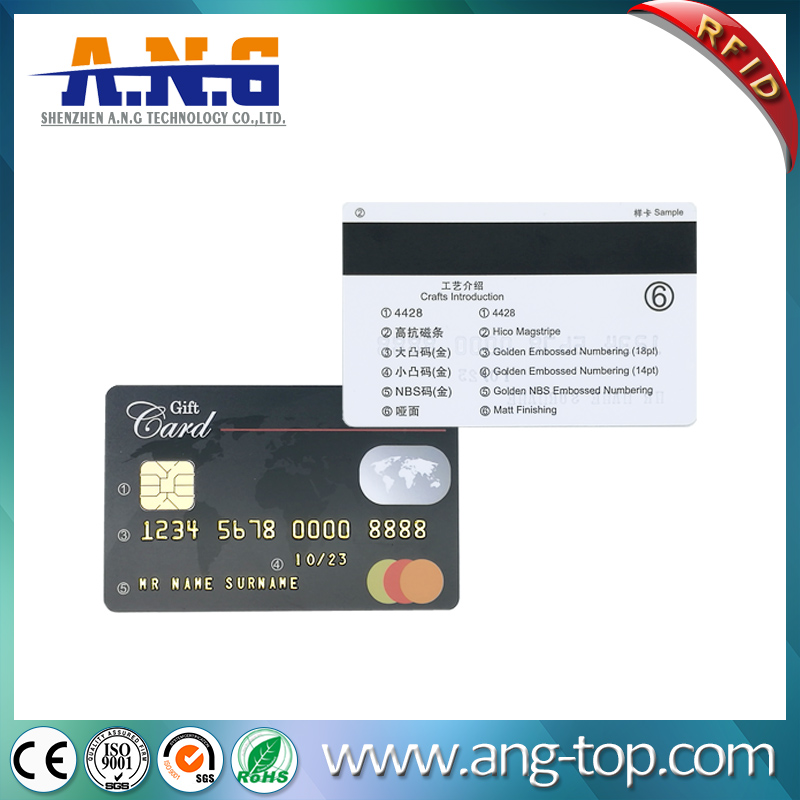
HiCo Black 3 Track Magstripe IC Contact Magnetic PVC Card SLE4428 SLE5528
Shot Description:
HiCo Black 3 Track Magstripe IC Contact Magnetic PVC Card SLE4428 SLE5528 RFID contact card is a plastic card which is embedded with a microchip and antenna inside, it is widely applied as access control for hotel key card, employee ID card and parking card. Dual frequency RFID card is also available on request. Besides, Sunlanrfid provides programming and encoding services which exactly fit customer’s programming or encoding requirements.A magnetic stripe…
Description:
HiCo Black 3 Track Magstripe IC Contact Magnetic PVC Card SLE4428 SLE5528
RFID contact card is a plastic card which is embedded with a microchip and antenna inside, it is widely applied as access control for hotel key card, employee ID card and parking card. Dual frequency RFID card is also available on request. Besides, Sunlanrfid provides programming and encoding services which exactly fit customer’s programming or encoding requirements.A magnetic stripe card is a type of card capable of storing data by modifying the magnetism of tiny iron-based magnetic particles on a band of magnetic material on the card. The magnetic stripe, sometimes called swipe card or magstripe, is read by swiping past a magnetic reading head. According to the density of the magnetic particles in the stripe, magnetic stripe can be classified as HiCo(High Coercivity)magnetic stripe and LoCo(Low Coercivity) magnetic stripe.
These are the most common type of smart card. Electrical contacts located on the outside of the card connect to a card reader when the card is inserted. This connector is bonded to the encapsulated chip in the card. Increased levels of processing power, flexibility and memory will add cost. Single function cards are usually the most cost-effective solution. Choose the right type of smart card for your application by determining your required level of security and evaluating cost versus functionality in relation to the cost of the other hardware elements found in a typical workflow. All of these variables should be weighted against the expected lifecycle of the card. On average the cards typically comprise only 10 to 15 percent of the total system cost with the infrastructure, issuance, software, readers, training and advertising making up the other 85 percent.
Crafts:
1. Silk printing silver
2. Golden thermal numbering
3. Silver background
4. Debossed numbering
5. Micro text
6. Laer numbering
7. Invisible UV
8. Golden NBS embossed numbering
9. Scratch-off panel
10. UV printing
Applications:
- Restaurants payment card
- Retail outlets
- Clubs
- Clothing labels
- Subway and Airline tickets
- Exhibitions and electronic tickets
- Medical Clinics
- Fitness Centers
- Sport Events
- Concerts
Tags:









